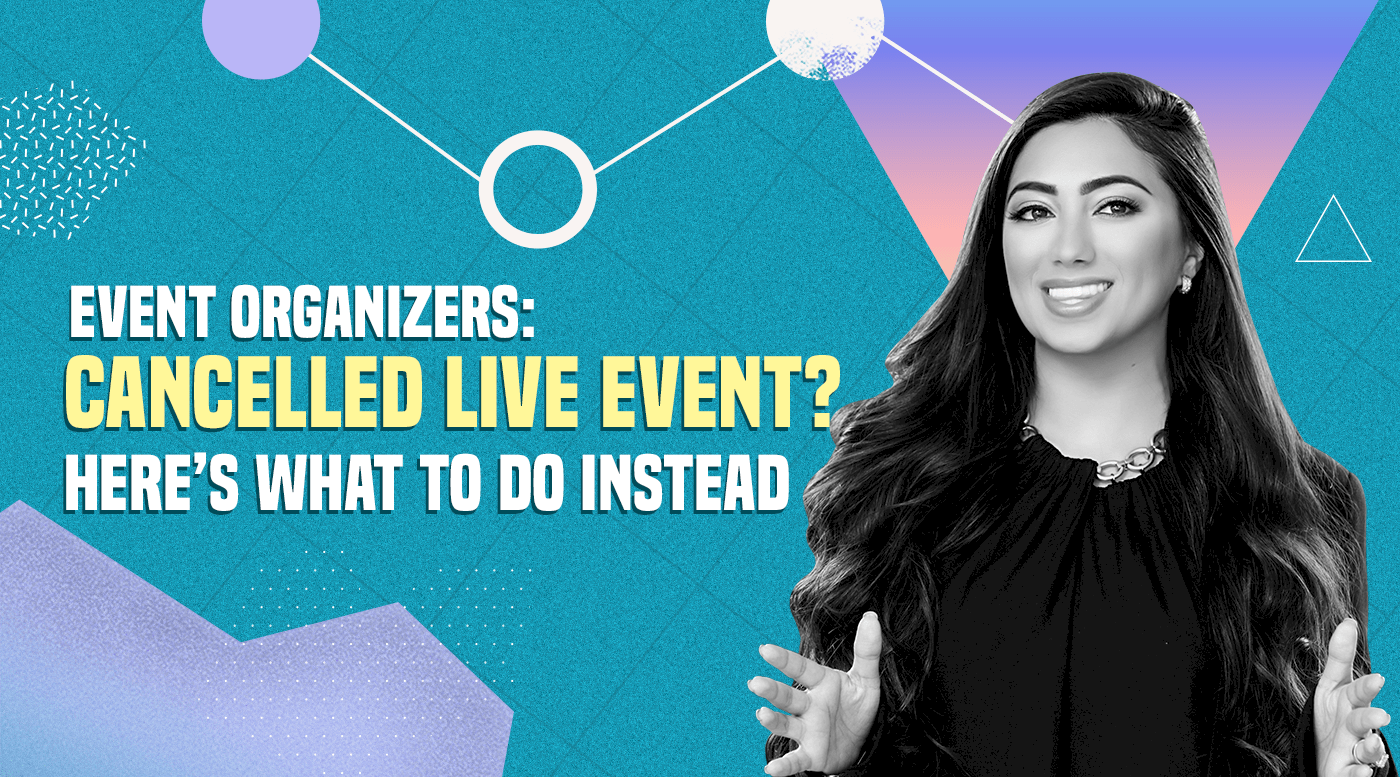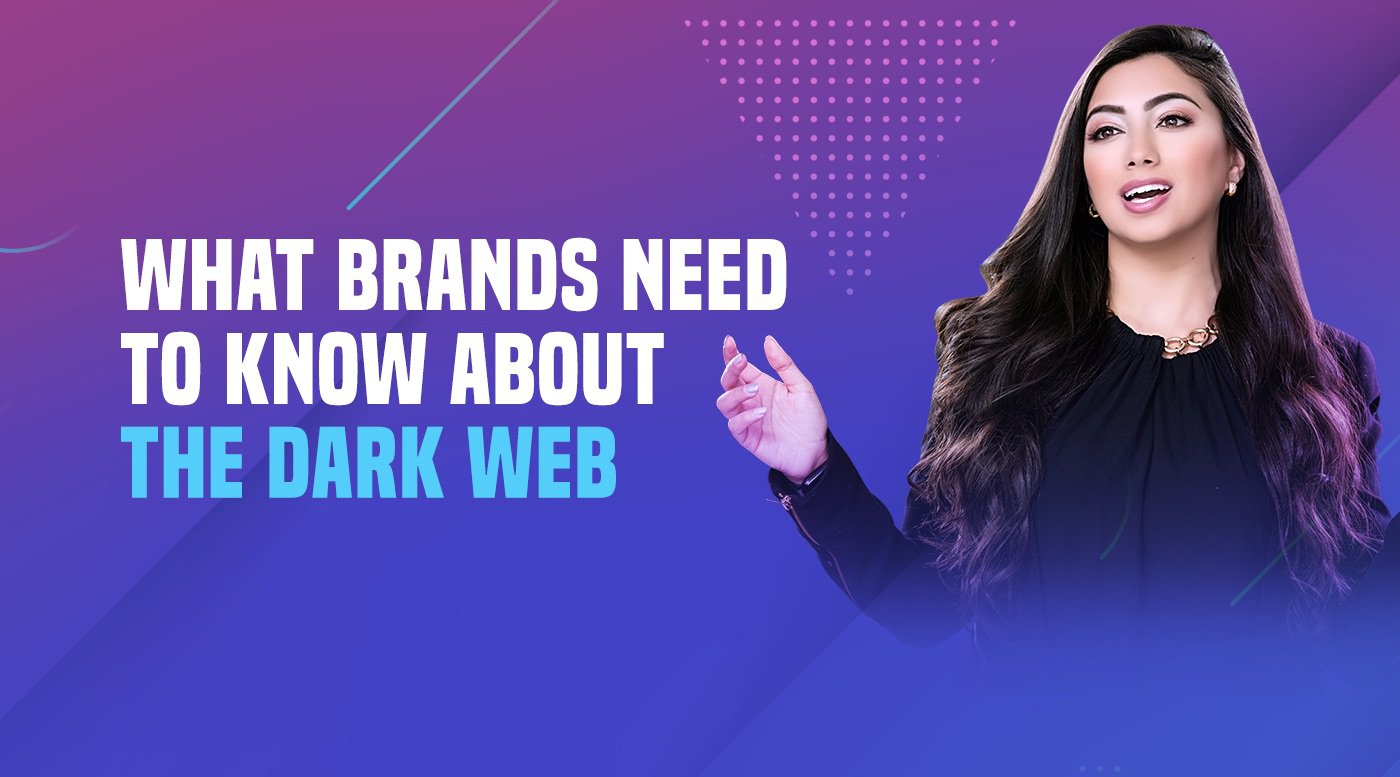A Top Google Executive Reveals the Secret to Staying Ahead of Your Customers
Just when you think you’ve got your customer figured out, off they go in a totally new direction.
In one sense, this is simply the way of things—customers evolve, and B2B marketers must evolve with them.
What’s different now is the speed at which customers are evolving. This is, of course, linked to the speed of technology—we’re seeing new developments so frequently, and things are changing so drastically, that’s it’s becoming increasingly difficult to keep up with where customers are, let alone where they’re headed.
And yet, this is the key to staying ahead of your competition. In the B2B space, especially, seamlessly delivering what your customers want can be the difference between establishing a new long-term customer and losing them after the initial point of contact.
So what’s the answer? How do you stay ahead of your customers in today’s lightning-speed ecosystem? Well, Google’s Global Creative Director of Unskippable Labs, Ben Jones, discussed this question on the Harvard Business Review and Google’s The Quick Take.
Here are a few of the biggest takeaways—starting with the answer to that million-dollar question.
Experimentation is the only way to get ahead of your customer.
As Jones says, our customers are evolving more rapidly than our sense of them is. This means that by the time we figure out where they are—what’s appealing to them, what signals they’re sending, what kind of content they want and how they want it—they’ve already moved on.
The answer to this endless game of catch-up is to experiment. Don’t wait for your customer to tell you what they want. Instead, try out new things and see if they want them. “There’s this idea that experimentation is risky, but in fact the risk has never been lower,” Jones says. “Building this experimentation mindset that allows brands to catch up with customers is imperative.”
For a B2B brand, this could look like delivering your whitepapers in an audio format to customers who’ve expressed interest in other audio content, like podcasts.
It could mean shortening or lengthening your average video times.
It could mean starting a social media account for a specific department, rather than relying on a single brand account.
Whatever it looks like for you, remember that it’s riskier nowadays not to experiment than it is to try something new that may fail.
Our attention spans are not getting shorter.
A few years ago, all of us were caught up in a finding that the average human attention span was now shorter than a goldfish’s.
However, according to Jones, that’s not an entirely accurate portrayal. It’s not that our attention spans are shorter—it’s that we make decisions about what we’ll tolerate faster than ever before.
“If you look across media … Hollywood movies are getting longer and not shorter, books are getting longer and not shorter, and we’re in this golden age of long-form television. If you think about Game of Thrones, we’re on the tenth year of that. Before that there were five books, 5,000 pages of Game of Thrones and we still haven’t gotten enough of it.”
The thing for marketers to focus on isn’t the length of our attention spans, but that initial, critical moment in which customers decide whether or not a brand’s content is worth their attention.
With B2B brands, this means demonstrating the value of your content within those first few seconds. There’s no time for a slow lead-up—you’ve got to show potential customers that you understand their needs and how to deliver them from the get-go.
Sometimes, that will mean crafting longer, more complex content like an hour-and-a-half webinar that dives deep into an issue your customers struggle with. Other times, it could mean sending out a well-timed tweet about a current event.
The format itself doesn’t necessarily matter. What does matter is that you capture your customers’ attention. And the only way to do that in today’s lighting-paced landscape is to first, pay close attention to what’s already working, and second—as mentioned above—experiment.
Brands need to embrace open sourcing more fully.
Even though data is seemingly everywhere, no one company, organization, or agency has all the data—just like no one organization has all the intelligence, or all the talent.
According to Jones, brands need to open up their process more fully to the partners they work with. In fact, this is the principle that governs our work at Zen Media: Business is nothing but relationships, and building your B2B business is a matter of creating, nurturing, monitoring, and ultimately monetizing those relationships, with customers as well as with brand partners.
That may require some forcing with brands that don’t usually work that way with their partners. However, that assertiveness will end up being worth it, because it’s only when you have the best data possible that you can create the greatest possible results.
Customers’ preferences are changing at the speed of technology. It’s time to give up on the idea that you already know exactly what your customers want right now.
Instead, focus that energy on enhancing your B2B team’s ability to experiment, get creative with content and format, and open up those relationships with partners. In today’s world, that’s the only way forward.









